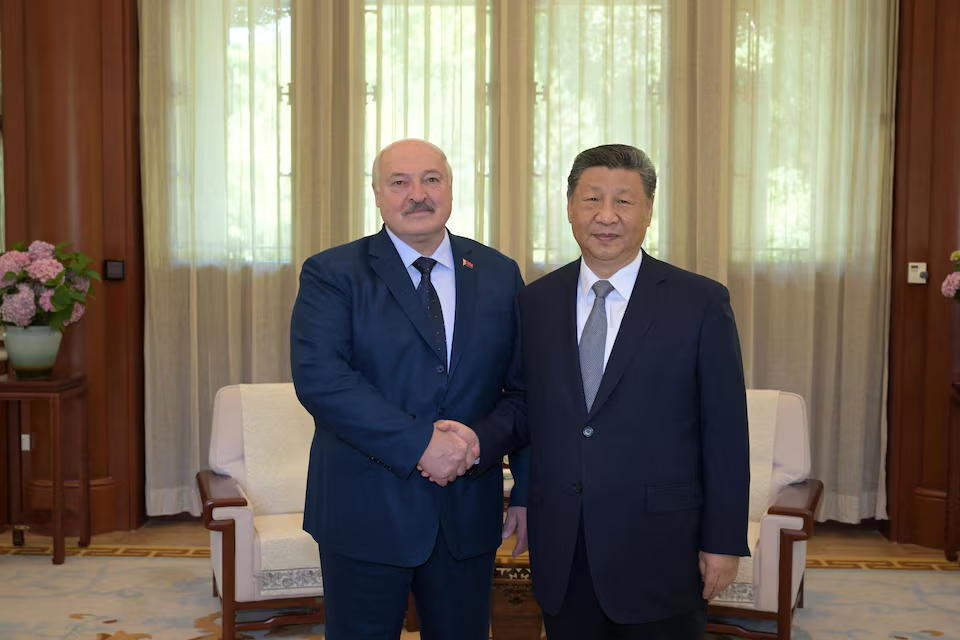The Israeli military has come under renewed scrutiny after an investigation by Al Jazeera’s Sanad verification agency revealed that commercial drones manufactured by Chinese company DJI are being repurposed for military operations in Gaza. These modifications, which transform originally civilian-use drones into combat-ready aerial weapons, have allegedly enabled the Israeli Defense Forces (IDF) to carry out attacks on civilian areas and conduct surveillance in violation of international humanitarian law.
The centerpiece of this revelation is the DJI Agras, a model primarily intended for agricultural use such as crop spraying. According to the Sanad report, the Agras has been adapted by Israeli forces to deliver explosive payloads deep into Gaza—particularly to areas inaccessible to conventional military vehicles or artillery. This use of a non-military drone for bombing purposes underscores the growing role of commercial drone technology in modern warfare.
But the Agras isn’t the only DJI model implicated. The investigation found that other drones, including the Mavic and Avata series, are being employed for reconnaissance missions. These lightweight, high-resolution aerial platforms are allegedly mapping Gaza’s vast network of underground tunnels, which Israel has long claimed are used by Hamas militants. In addition, the drones are being used to track the movements of Palestinian prisoners who, according to several reports, are being forced to act as human shields for Israeli troops.
This is not the first time DJI drones have been involved in armed conflicts. During the Russia-Ukraine war in 2022, both sides adapted DJI equipment for battlefield use. In response to that controversy, DJI publicly announced it would suspend sales to both countries and installed geofencing software to prevent military use. However, no such restrictions have been placed on DJI’s commercial relationship with Israel.
Human rights experts have raised alarm over the ethical and legal implications of using commercial drones for military strikes. “When civilian infrastructure is targeted using commercially available technology, the lines between military and civilian objects are dangerously blurred,” said a spokesperson from a Geneva-based human rights group. “This not only endangers innocent lives but also undermines the framework of international humanitarian law.”
While DJI has faced pressure in the past to prevent its drones from being weaponized, its current silence on Israel’s adaptation of their products raises questions about corporate responsibility in conflict zones. The Chinese tech company has yet to respond publicly to the findings of the Al Jazeera investigation.
The deployment of such drones further escalates concerns about the militarization of Gaza and the technological imbalance between Israeli forces and Palestinian factions. While Israel continues to claim it takes precautions to avoid civilian casualties, its increasingly sophisticated use of surveillance and bombing technology contradicts these statements, critics argue.
Israel has not officially confirmed or denied the specific use of DJI drones in combat, though previous IDF footage and military technology showcases have included drones visually consistent with DJI models. Moreover, military analysts point out that retrofitting commercial drones is far cheaper and less time-consuming than developing specialized military alternatives.
The ongoing use of Gaza as a testing ground for such technologies has drawn sharp rebukes from international observers. The United Nations and several humanitarian organizations have condemned the destruction of civilian infrastructure, including hospitals and refugee shelters, through aerial assaults, regardless of the origin of the drones used.
As the conflict in Gaza deepens, the line between civilian and combatant continues to erode, exacerbated by the infusion of off-the-shelf technology into state-led warfare. The revelations from Al Jazeera’s Sanad investigation add another layer to the complex and controversial nature of Israel’s ongoing military campaign in Gaza, and they are likely to fuel further international debate over accountability, arms regulation, and the protection of civilians in conflict zones.
Source; Al Jazeera



